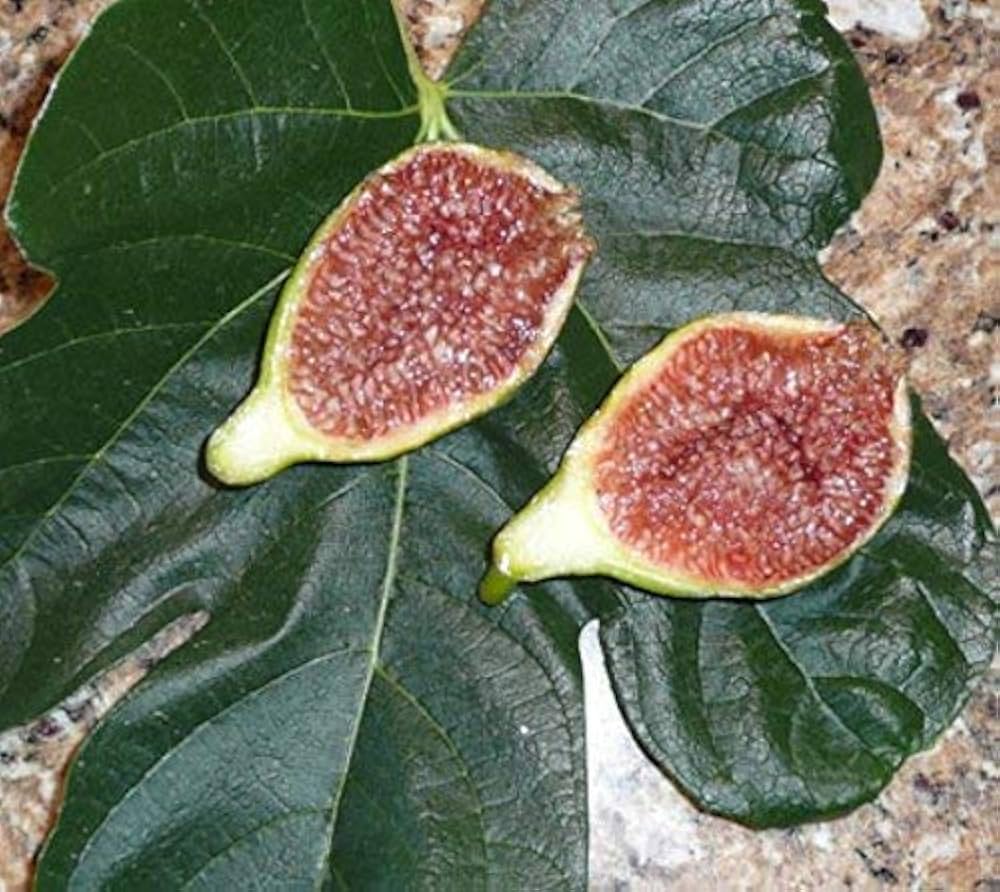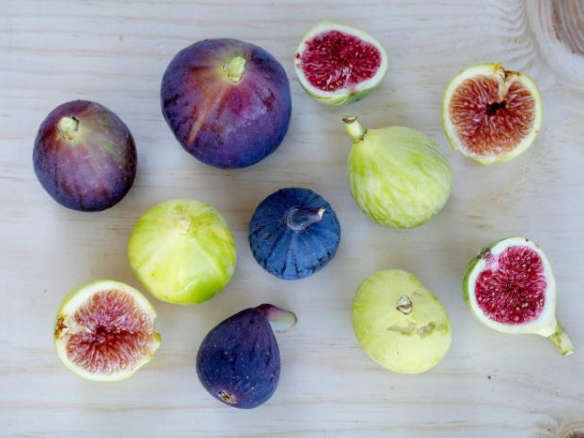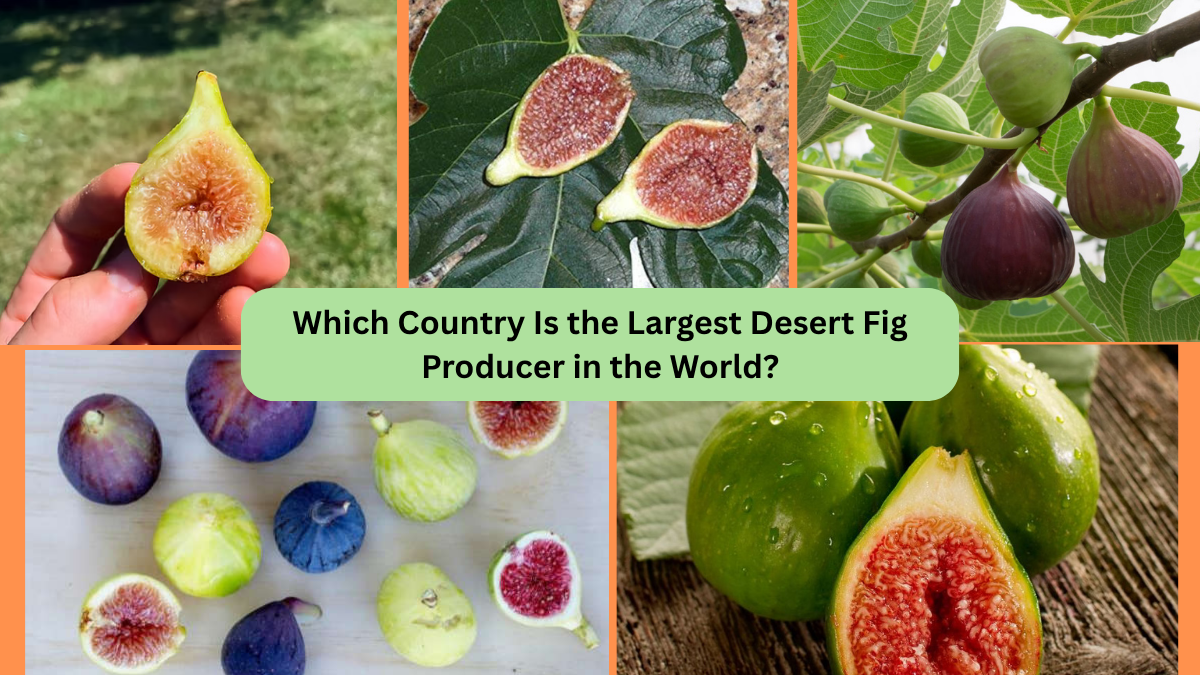Fruits adapted to dry, arid environments are not only fascinating from an ecological perspective but also critical to the survival and nutrition of communities living in harsh climates. Among these hardy species, the Desert Fig holds a special place. Sometimes overlooked in mainstream agricultural conversations, this drought-tolerant, resilient, and nutrient-packed fruit is a staple in several dry regions of the world.
But the burning question is — which country is the largest Desert Fig producer in the world? In this comprehensive article, we’ll explore the origin, characteristics, uses, and global production of Desert Figs, before revealing the nation that tops the list in cultivating this remarkable fruit.
What Is a Desert Fig?

The term Desert Fig typically refers to species of fig-like fruits that thrive in arid or semi-arid regions. One of the most recognized is the Ficus salicifolia, also known as the Willow-leaved Fig, and some regional species of the Ficus sycomorus (Sycamore Fig), native to dry parts of Africa and the Middle East.
These fruits resemble the common fig (Ficus carica) but are adapted to survive in hot, dry conditions with minimal water and care. They are often small to medium in size, with a chewy texture and sweet, earthy flavor. In some regions, Cactus Figs (prickly pears) are colloquially called “Desert Figs,” though they belong to the Opuntia genus.
Key Features:
- Plant Type: Shrubs or trees, sometimes bushy in nature
- Fruit: Small to medium figs, yellow, brown, or purple when ripe
- Flavor: Sweet with earthy undertones
- Nutritional Value: Rich in dietary fiber, minerals, and antioxidants
- Uses: Eaten fresh, dried, or in preserves; also used in traditional medicine
Origin and Natural Distribution
Desert Figs are native to the arid and semi-arid regions of Africa, especially in countries like South Africa, Namibia, Botswana, Sudan, and Ethiopia. Their hardiness and nutritional value made them an important resource for indigenous communities, both as a food source and for their medicinal properties.
Over centuries, these plants spread to parts of the Middle East and Central Asia, where they adapted to similarly harsh environments.
Global Cultivation and Expansion

Though not as globally commercialized as common figs or dates, Desert Figs are cultivated in several regions for local consumption, ecological restoration projects, and niche markets interested in drought-tolerant superfoods.
Major Desert Fig Growing Regions:
- Southern Africa: South Africa, Namibia, Botswana, Zimbabwe
- East Africa: Sudan, Ethiopia, Kenya
- Middle East: Egypt, Jordan, Israel
- Central Asia: Parts of Iran, Afghanistan, and Pakistan (small-scale)
- Australia: Limited cultivation of native fig species for ecological purposes
Which Country Is the Largest Desert Fig Producer in the World?
Based on available regional agricultural data, field reports, and wild harvesting volumes, South Africa emerges as the largest Desert Fig producer in the world.
Why South Africa?
South Africa’s diverse climate includes extensive semi-arid regions such as the Karoo, Kalahari, and parts of Limpopo and Mpumalanga provinces. These areas provide ideal conditions for Desert Fig species like Ficus salicifolia, Ficus burkei, and related varieties.
What makes South Africa the leader is not just its large wild populations, but also organized community harvesting initiatives and small-scale commercial orchards catering to domestic and regional markets.
Desert Fig Production in South Africa: A Closer Look

Key Producing Regions:
- Northern Cape (Karoo)
- North West Province
- Limpopo
- Eastern Cape
Harvest Season:
Typically from November to April, depending on regional rainfall patterns.
Estimated Production:
Accurate data is hard to compile since much of the harvest is wild or semi-cultivated. However, it’s estimated that South Africa produces over 3,000 metric tons of Desert Figs annually — far surpassing other countries.
Why South Africa Excels:
- Vast tracts of semi-arid wilderness naturally abundant in Desert Figs.
- Government-supported initiatives promoting indigenous fruit farming.
- High demand in local markets for fresh and dried Desert Figs.
- Use in wildlife conservation areas and eco-tourism venues.
Other Leading Producers
Sudan
Sudan boasts vast wild populations of Sycamore Figs (Ficus sycomorus), especially along the Nile and its tributaries. These fruits have been a staple for rural communities and are used both fresh and dried.
Ethiopia
In Ethiopia, Desert Figs are locally harvested and valued for their nutritional properties. Many highland and lowland communities rely on these figs during dry seasons.
Namibia
Namibia’s arid zones are home to Ficus salicifolia and other native fig species. While most are consumed locally, there’s growing interest in developing them for niche health food markets.
Egypt
Egypt cultivates and harvests various indigenous figs in arid zones, especially near desert oases. Though much of the fig industry focuses on Ficus carica, wild desert fig harvesting continues for local consumption.
Benefits of Desert Figs

Nutritional Benefits:
- High in dietary fiber, promoting healthy digestion.
- Rich in potassium, calcium, magnesium, and iron.
- Antioxidant compounds help combat free radicals.
- Natural source of simple sugars for energy.
Agricultural Advantages:
- Drought-tolerant and thrives in poor soils.
- Low maintenance with high ecological value.
- Provides food security in marginal environments.
- Acts as a shade and shelter plant for wildlife.
Medicinal Uses:
- Traditional remedies for skin problems, digestive issues, and wound healing.
- Leaves and bark extracts used in anti-inflammatory treatments.
Challenges in Desert Fig Cultivation
Despite its resilience, Desert Fig farming faces certain challenges:
- Lack of organized commercial farming models compared to mainstream fruits.
- Seasonal availability limits year-round supply.
- Difficulty in processing and storage due to perishability.
- Limited export infrastructure for niche indigenous produce.
The Future of Desert Fig Farming

As climate change accelerates and water scarcity becomes a pressing issue, drought-tolerant, native crops like Desert Figs are gaining attention from agro-ecologists, permaculture experts, and sustainable farming advocates.
South Africa is leading efforts to promote indigenous fruit farming, and interest is also growing in countries like Namibia, Sudan, and Ethiopia. Potential exists for value-added products like:
- Dried Desert Figs
- Fig syrups and jams
- Herbal teas
- Nutraceutical supplements
Conclusion
To summarize, South Africa is currently the world’s largest Desert Fig producer, benefitting from its extensive semi-arid regions, indigenous biodiversity, and a strong tradition of foraging and small-scale farming. While neighboring African nations and Middle Eastern countries also grow Desert Figs, none match South Africa’s scale and organized efforts.
As global agriculture pivots towards climate-resilient and nutrient-rich crops, the Desert Fig’s profile is set to rise — not just as a survival food in arid lands, but as a valuable fruit for sustainable diets and ecological restoration projects worldwide.





